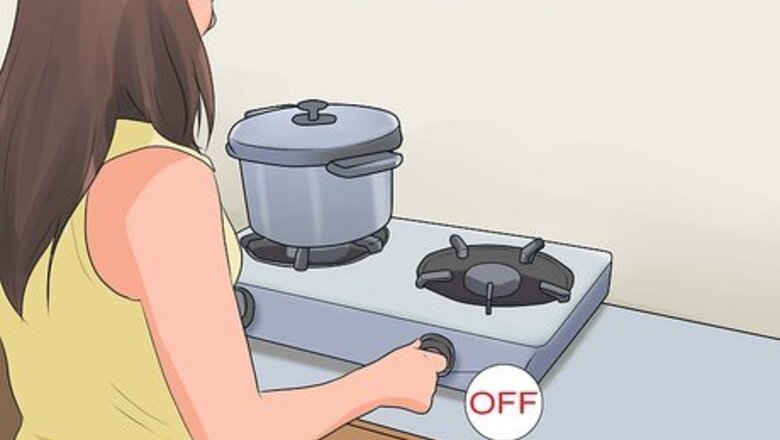
views
Cooling the Burn
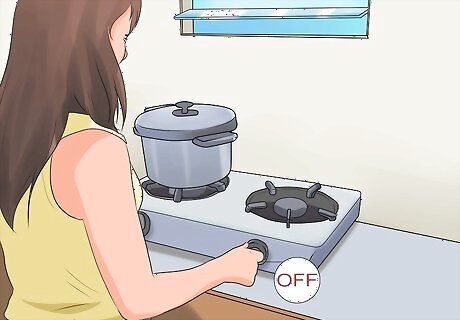
Move away from the source of the burn. Stepping away from the hot oil keeps you from getting burned again. Step far enough away that oil splatter won't reach you. You may also want to remove the oil from the heat source so it won't continue to spray. If you're cooking, remove the oil from the burner before you begin first aid treatment so you don't burn your food or cause a fire.

Remove any clothing near the burn. Before you cool the burn, remove any clothing covering the burn unless it's stuck to the burn. If the clothing is stuck, leave it. Pulling it off could cause further damage to your skin. If part of a piece of clothing is stuck to the burn, you may have to cut that part of the clothing away. You can also try wetting any clothing that’s stuck to the burn. This may cause it to come loose without any pulling.

Run cool water over the burned skin for 10 minutes. If your hand or arm is burned, you can simply stick it under the tap. Make sure the water is covering all parts of the burn. If the skin isn't cool to the touch after 10 minutes, you can continue running the water for up to 20 minutes. The water should be cool, but not cold. Avoid applying ice to the burn, because you could cause further damage to the skin. Wrap some plastic cling wrap around the burn after running water over it. This will keep the burn clean and help the area retain moisture. If you can't run cool water over the burned skin due to the location of the burn, you can place a washcloth soaked in cool water over the burn, or soak the burn in a cool bath.

Evaluate the size and appearance of the burn. If the burn is small (e.g., about the size of a U.S. quarter or smaller), then you can probably safely treat it at home. For larger burns, seek medical attention as soon as possible. If your burn is deep and severe, you may notice blistering, redness, and inflammation and heat around the burn. These types of burns can cause nerve damage, and should be treated by a medical professional, even if they are small. Call emergency services or go to the emergency room immediately if your burn covers a large area of your body (such as you face, hands, groin, buttocks, or a major joint) or is deep enough to penetrate all your layers of skin or even deeper tissues.
Performing First Aid

Take aspirin or acetaminophen for pain. If the burn is still painful after you've cooled the skin, an over-the-counter pain reliever will help. A pain reliever with an anti-inflammatory can also help reduce swelling.
Clean the burn with cool water. Use cool water to gently clean the skin. Pat rather than rub to avoid causing further damage to your skin. If your skin is blistered, take extra care not to pop any of the blisters.
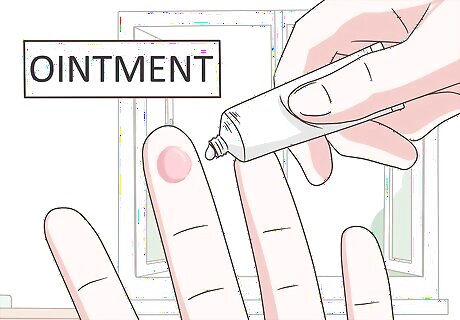
Apply a thin layer of burn ointment. If you have a first aid kit, it may include a burn ointment. If you have an ointment or gel available, you can use it. However, it isn't necessary to use burn ointment or gel to treat an oil burn. You can also use pure aloe gel to help alleviate your pain. Avoid ointments that contain antibiotics. Antibiotics aren't necessary, and may cause an allergic reaction. Do not use creams, lotions, butter, or egg whites. They can prevent your skin from healing and may lead to infection.
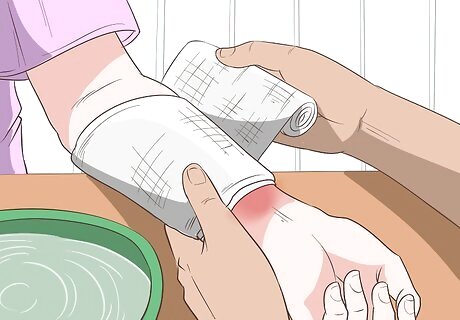
Wrap the burn lightly with a moist dressing. If you can, use a moist dressing pad or wrap specifically designed for burns. Your dressing should be loose, just barely touching the skin. If you don't have burn dressing, you can wrap the burn area with plastic cling wrap or a clean plastic bag. Never wrap a burn with something dry and clingy that could stick or leave fibers on the burned skin, such as a dry gauze dressing. If you must put gauze on the burn, wet the dressing with sterile water or apply a layer of Vaseline to the burn before putting on the gauze.
Administering Follow-Up Treatment
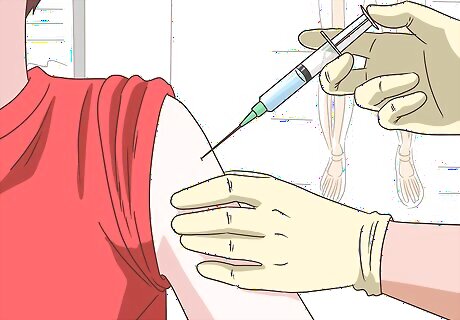
Get a tetanus shot if necessary. Tetanus bacteria can enter your body through burned skin. If it has been more than 5 years since your last tetanus shot, call your doctor or a nearby clinic to get a booster. The risk of tetanus is low with superficial burns. However, if your skin is blistered or the burn is more severe, a tetanus shot can protect you.
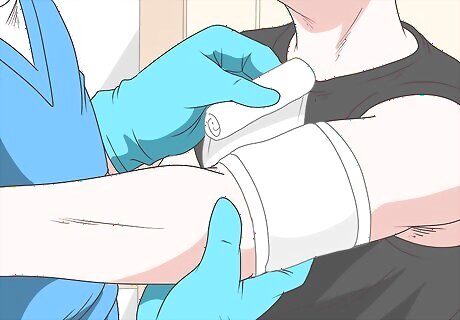
Change the dressing daily. Every day, remove the old dressing and discard it. Wash the burn with mild soap and cool water. While you're washing the burn, inspect your skin for signs of infection. If you see oozing or pus, or if you notice increased redness or swelling, seek medical treatment right away. These could be signs of infection. Apart from changes to the burn itself, a fever or swollen lymph nodes are also signs of infection. Seek medical treatment if you have a fever higher than 100.4° F (38° C). It may take 2 to 3 weeks for the wound to heal. If it hasn't healed in that time, seek medical attention.
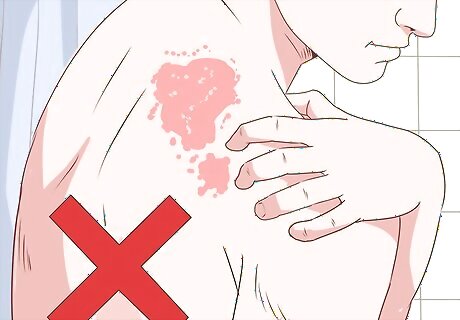
Avoid scratching burned skin. As a burn heals, it will likely itch. If you scratch it, you could further damage the skin as well as introduce bacteria that could lead to an infection. A lotion with aloe can help ease the itching. Avoid cortisone or other anti-itching lotions or ointments. They are not effective for burns and may prevent the burn from healing.










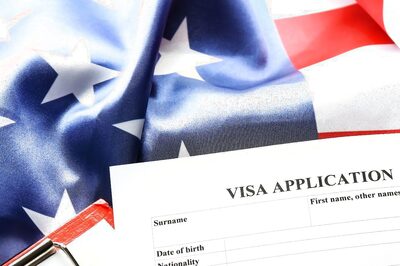







Comments
0 comment